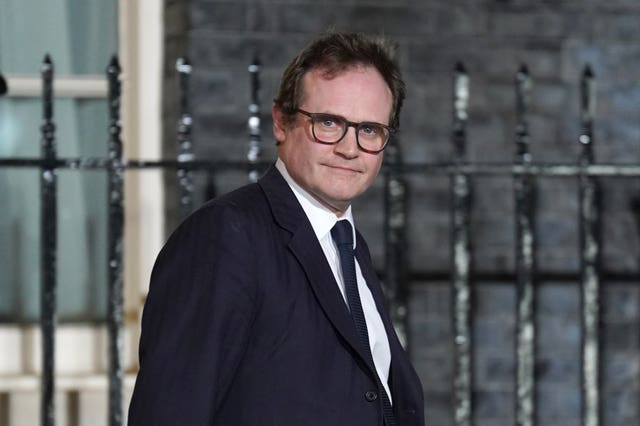Measures to crackdown on the sale of bomb-making chemicals will come into force on Sunday.
The move to tighten restrictions on explosive substances follows the UK Government’s commitment to review whether laws were tough enough to protect the public following the Manchester Arena terror attack in 2017.
Under the changes, there will be stricter requirements on reporting suspicious activity, including new obligations for online marketplaces.
Customer information, such as photo identification, will be recorded when selling regulated materials to business users.
The changes, first announced in January, will come into force through updates to the Poisons Act.
Salman Abedi, a 22-year-old born and raised in Manchester, detonated a homemade bomb in his rucksack in the City Room foyer area of the Arena at the end of a concert by US pop star Ariana Grande on May 22 six years ago.
The blast killed 22 people and injured hundreds of others.
The Home Office announced, as part of Sunday’s changes, that new restrictions on poisons will also be introduced.
Additional substances have been added to the list of regulated poisons, including 2,4-dinitrophenol, also known as DNP.
The substance has taken the lives of many young people in the UK, Home Office officials said.
Other substances to be added include zinc phosphide and hexamine, often used in fireworks.

The update to the legislation means it will be a criminal offence to sell those substances to members of the public without a valid licence.
Security minister Tom Tugendhat said: “The deaths of dozens of young people at the hands of criminals selling chemicals like DNP is a tragedy.
“These new measures will help prevent dangerous controlled substances from falling into the wrong hands.”
Adrian Simpson, the British Retail Consortium’s products adviser, said: “Retailers play an important part in spotting any suspicious activity from customers when buying particular chemical products, and will take additional steps to verify legitimacy of a purchase through more thorough ID checks.
“We welcome these new strengthened measures – retailers are vital in protecting the public by ensuring that all changes are clearly communicated to their customers.
“They will provide additional information online to explain the risks associated with certain products.”
Andrew Quinn, head of food crime at the Food Standards Agency, said: “DNP can, and does, kill.
“This is why we strongly support the Home Office on the reclassification of DNP as a poison as well as the police on tackling criminals who supply this killer chemical.”
Ministers consulted on the measures between December 2021 and March 2022 before laying secondary legislation at the start of 2023 to tighten controls on the additional chemicals and poisons, with the ban coming into force on Sunday.
The Poisons Act 1972 sets out controls of chemicals which can be used to make explosives and poisons, restricting the general public’s access to the most dangerous materials.
It permits a licensing regime for the purchase and use of regulated substances where there is a legitimate need and no safer alternative.
